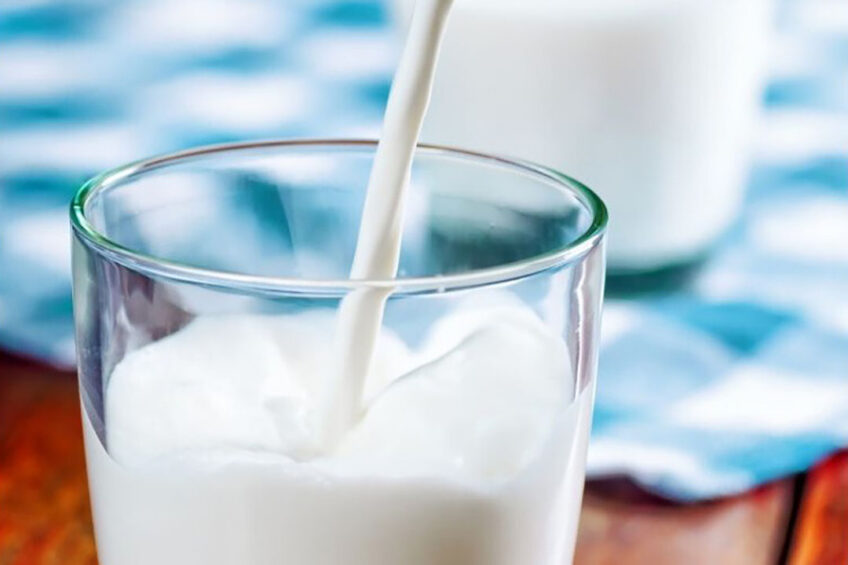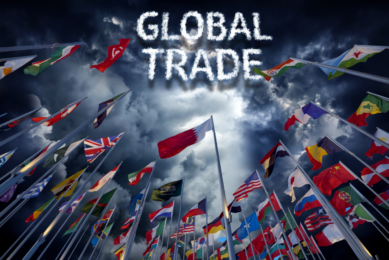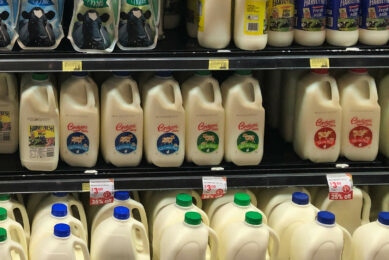UK dairy to step up exports in 2022

Moves to drive forward the UK’s Dairy Export Strategy will be key next year as reports show global opportunities for dairy are growing significantly.
Recent studies by both Kite Consulting and the National Farmers’ Union have shown that the UK sector is well placed to capitalise on the government’s ‘Made in the UK, Sold to the World’ campaign. They both highlight that UK farmers are some of the most environmentally progressive and efficient in the world.
The Kite Consulting study, ‘Opportunities ahead’, assesses the dairy consumption of 90 dairy-importing countries with a population of nearly 5 billion. It shows that between 2011 and 2019, dairy consumption in those countries increased from 258 billion kg to 304 billion kg – an increase broadly equivalent to the total milk production volume for New Zealand for 2 years.
Larger import volumes
Sponsored by National Milk Records, the Kite Consulting report indicates that those countries will probably require larger import volumes as the decade progresses, at a projected 5.6% per year from 2019 to 2025, which is equivalent to 3 billion kg liquid milk equivalent per year. Much of that will be in milk powders and cheese.
Evidence shows that local dairy production in the importing countries will not satisfy the increase in demand, as typically self-sufficiency decreases as economic development increases.
EU dairy industry decline
A further report, ‘EU Agricultural Policy’, prepared by consultant Hayley Campbell-Gibbons for Kite, indicates that the EU dairy industry is likely to decline over the next 6 years – by as much as 6.3% – because of the implementation of the EU’s Green Deal and the resulting updates to the Common Agricultural Policy.
John Allen, managing partner at Kite Consulting, said the analysis shows there is a growing opportunity for dairy exports coming at the same time as an anticipated decline in the EU dairy industry: “This is a huge opportunity for UK dairy and it is likely that UK processors will continue to grow exports to capitalise on these growth opportunities.
An environmental perspective
“This will probably put significant inflationary pressure on domestic dairy prices, as recent history shows that many dairy export markets are more profitable than domestic ones. Indeed, we are already seeing this happening, with many dairy processors undertaking investment to allow them to access growth markets overseas.”
While some might criticise exports for adding to carbon emissions, companies like Arla, with an active and progressive on-farm reduction programme, have a footprint as low as 1.13kg CO2e/kg milk compared to the global footprint of around 2.5kg CO2e/kg milk. Consequently, from a national global standpoint, producing dairy in the most efficient exporting countries, which can meet the future global demand of the developing world, may be the smartest thing to do from an environmental perspective.
“We…need government backing to fly the flag for dairy across the world…”
Michael Oakes, NFU dairy board chair, said the union would be driving forward its flagship Dairy Export Strategy in 2022: “We, of course, need government backing to fly the flag for dairy across the world, and we need investment into our businesses at all levels to enable us to become more innovative and resilient.”
The union is asking the government to set up a new Dairy Export Taskforce. At present, the UK exports more than £1.6 billion (US$2.1 billion) worth of dairy products to more than 135 countries across Europe, North America, Asia and the Middle East.










